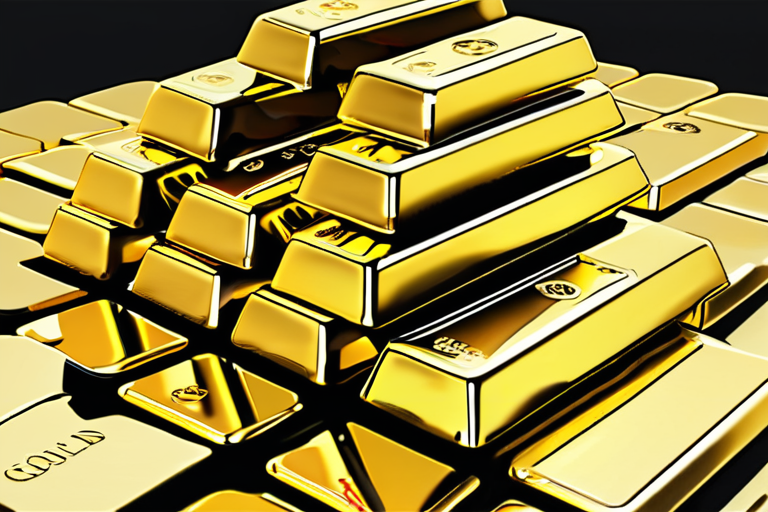Gold Surges Past $4,000/oz, Posts Best Year Since 1979 Amid Global Economic Uncertainty


Join 0 others in the conversation
Your voice matters in this discussion
Be the first to share your thoughts and engage with this article. Your perspective matters!
Discover articles from our community

 Hoppi
Hoppi

 Hoppi
Hoppi

 Hoppi
Hoppi

 Hoppi
Hoppi

 Hoppi
Hoppi

 Hoppi
Hoppi

The AI Matchmaker: How Facebook's New Dating Assistant is Revolutionizing the Way We Find Love In a world where swiping …

Hoppi

Modder Injects AI Dialogue into 2002's Animal Crossing, Sparking Rebellion Against Raccoon Landlord In a groundbreaking experiment, software engineer Joshua …

Hoppi

Oklahoma's Bizarre "TV Nudes" Scandal Solved: It Was Just a Jackie Chan Movie In a bizarre case that captivated the …

Hoppi

Senate Minority Leader Chuck Schumer Warns of Rising Health Insurance Costs WASHINGTON — Senate Minority Leader Chuck Schumer warned Wednesday …

Hoppi

Carlos Alcaraz Wins Second U.S. Open Amidst Trump's Attendance Delay In a thrilling conclusion to the men's singles final at …

Hoppi

New Uvalde Records Reveal How School District Changed Course on Supporting Police Chief In the aftermath of the 2022 mass …

Hoppi